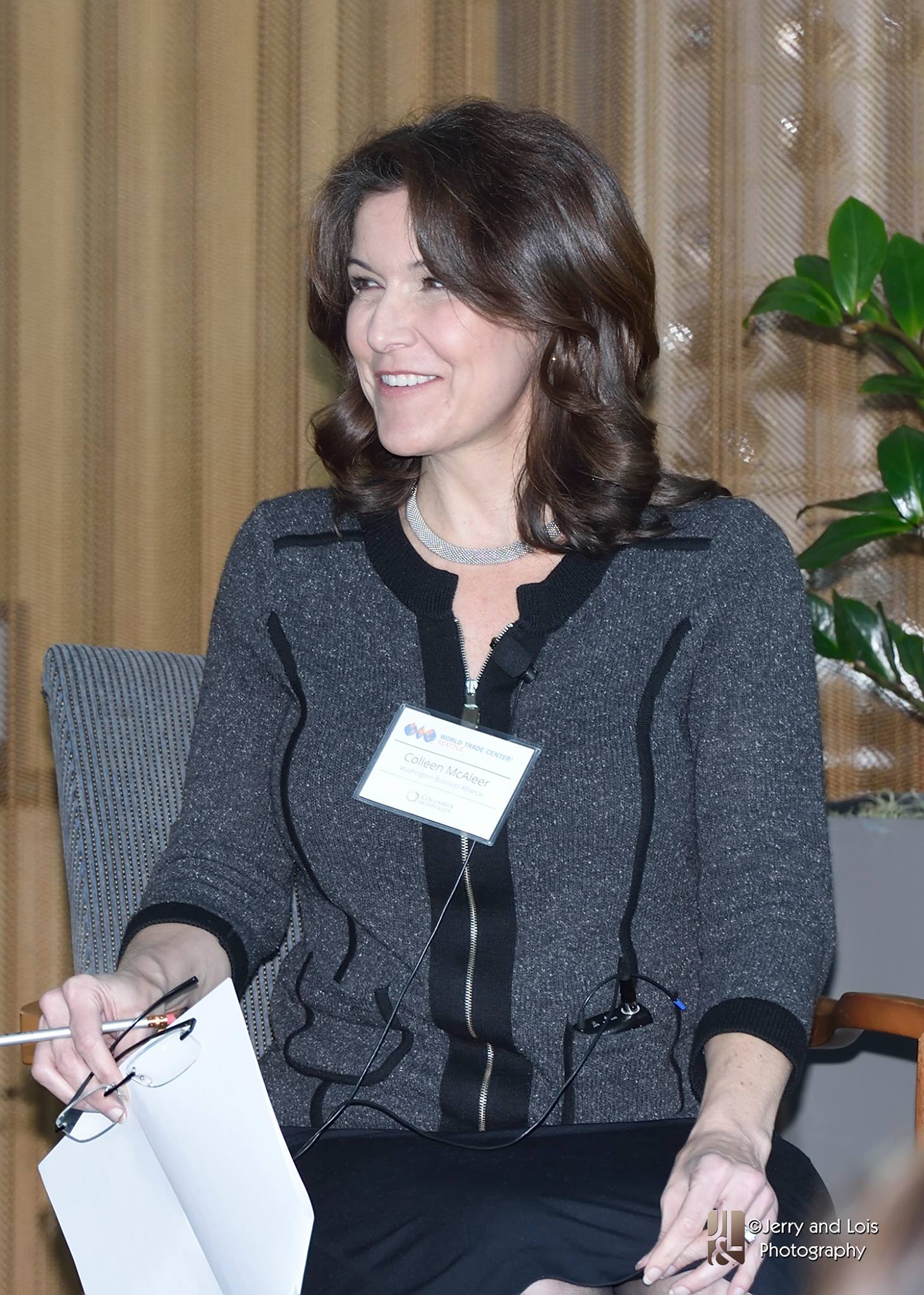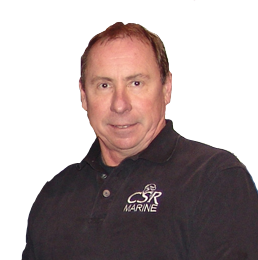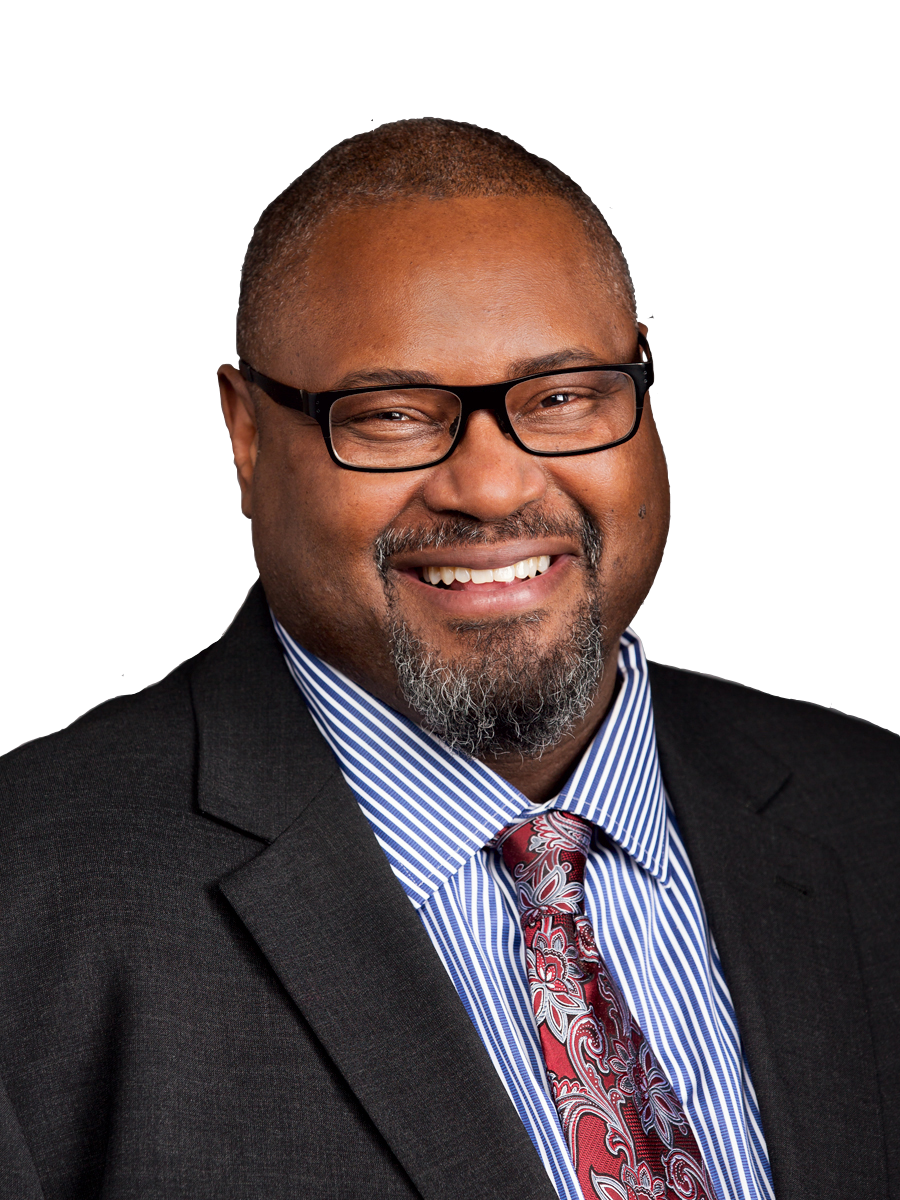 The annual economic impact of Washington’s maritime sector is estimated at $30 billion. It is responsible for creating 57,000 jobs in Washington, and another 90,000 indirect or induced jobs. Beyond the sheer number of jobs, maritime workers are very well compensated. The average salary of a maritime worker was $70,800 as of 2012. Compare that to the state’s median wage of $51,000.
The annual economic impact of Washington’s maritime sector is estimated at $30 billion. It is responsible for creating 57,000 jobs in Washington, and another 90,000 indirect or induced jobs. Beyond the sheer number of jobs, maritime workers are very well compensated. The average salary of a maritime worker was $70,800 as of 2012. Compare that to the state’s median wage of $51,000.
When you consider all the value the maritime sector brings to the state, it’s surprising to find out that companies within the industry struggle to grow because of widespread workforce shortages. High paying jobs go unfilled because few students are made aware of the available careers and the educational pathways into them.
On June 21st, three maritime executives, a state legislator, and an education policy expert came together onstage at the World Trade Center Seattle for a public discussion on the most critical issue facing Washington’s maritime industry cluster: workforce shortages. The solution is found in expanding career and technical education in K-12 and beyond. Colleen McAleer, President of the Washington Business Alliance, moderated the discussion on how Washington state can do more to support the future growth of this vital industry sector.
Scott Anderson, President, CSR Marine
 Scott Anderson acknowledged the important role played by Washington’s 34 community and technical colleges, but stressed that postsecondary education alone was inadequate to address the industry’s workforce problem.
Scott Anderson acknowledged the important role played by Washington’s 34 community and technical colleges, but stressed that postsecondary education alone was inadequate to address the industry’s workforce problem.
“Community and technical colleges are essential,” Anderson said. “They are doing a vital service for the maritime industry, but they are not enough. To really address the problem, that intervention is too far downstream. The exposure has to come earlier — in middle school and high school.”
Anderson offered his personal story as evidence. “I graduated high school in 1972. At that time, all the secondary schools in the Seattle School District had shop classes. I was dyslexic, and without those shop classes I would never have made it to where I am today. I was told I was stupid by countless math teachers, but in my professional life I’ve been able to apply math everyday with no problem. Those numbers up there on the board that confused me, they all make sense when put in context.”
Scott is also a board member at Core Plus which fights to put shop classes back into K-12. He talked about the essential work that Core Plus has been doing to create nonproprietary, industry-reviewed curriculum that prepares high school students for careers in the trades. Core Plus focuses on five different job sectors. Anderson praised Core Plus for teaching a good balance of general and industry-specific job skills. “The training is broad enough that the skills you’re learning are all transferable,” he said.
Jene Jones, Government Affairs, League of Education Voters
 Before her career in lobbying, Jones racked up 20 years of classroom teaching experience from pre-K through high school. She provided insider insights into education policy and the lawmaking debates in Olympia.
Before her career in lobbying, Jones racked up 20 years of classroom teaching experience from pre-K through high school. She provided insider insights into education policy and the lawmaking debates in Olympia.
“The status quo in K-12 for the last couple decades is that if a student doesn’t ‘get it’ then they are made to double down in that subject,” Jones said. “If you fail math then the next semester you get two math classes that work the exact same as the previous one. You open the book, turn the pages, and attempt to solve the problem.” As one might predict, the results of this approach aren’t good. “If you felt unsuccessful before, then you get to feel twice as unsuccessful this time around. This doesn’t encourage the child to stay in school.”
Jones has been vocal advocate for increasing the availability of Career Tech courses. “The benefits of these programs are two-fold. Individualized and applied learning opportunities equip students to graduate high school. And it’s also giving them skills so that they can contribute by engaging in their communities and economy. This benefits business as well.”
Jones highlighted the success of Washington’s JAG program. “It takes the kids who have literally dropped out, pairs them with a business mentor, and gets them back in school. The graduation rate for these students is 95 percent.” That is mightily impressive given the at-risk population JAG serves and the statewide graduation rate of 77 percent.
“Career Tech kids have a 12 percent higher graduation rate than general ed. kids,” Jones said. “The Washington State data tells us young people learn better when they get to experience and understand the subjects.”
Eric Pettigrew, State Representative, 37th District
 Representative Pettigrew was responsible this year for a line-item in the state budget that significantly expands the Port of Seattle’s high school internship program. He was motivated by his life experiences and observations as a legislator.
Representative Pettigrew was responsible this year for a line-item in the state budget that significantly expands the Port of Seattle’s high school internship program. He was motivated by his life experiences and observations as a legislator.
“I grew up in South Central Los Angeles,” he told the audience. “By the time I was in high school, the dominant conversation was about where you wanted to work when you got out of school. Everybody who wasn’t college-bound was envisioning and talking about Mattel, Alta Dena Dairy, and a bunch of other manufacturing operations located around the school.”
Pettigrew does not see the same future-focus in today’s non-college bound kids. “Today in the legislature, I miss that conversation. Today when I visit my district, I don’t really hear that conversation… unless kids are on a track for college. That scares me in terms of what’s happening in my district regarding graduation rates and dropout rates.”
In terms of the Port of Seattle’s newly expanded internship program, Pettigrew put out the call for participation from advanced manufacturing companies. “If you’re a private employer,” he said, “we need more slots.” Those employers who wish to get involved should contact Marie KuroseWorkforce Development Program Manager for the Port of Seattle.
“I see for a huge opportunity for young people and in the maritime sector specifically,” Pettigrew said. “With this internship program, I want to shake the legislature up a little bit and show them examples of other opportunities for young people outside of the 4-year university track.”
“This is a critical time for the maritime industry as the workforce ages and a new generation of workers and business owners emerges.” Rep. Pettigrew is a Democratic member of the Washington House of Representatives from the 37th district (Seattle and Renton). He also works as Director of Community & Business Relations for Regence Blue Shield.
Paul Stevens, President & CEO, FOSS Maritime
 McAleer asked Paul Stevens to identify “the contributing factors to the lack of graduating students entering the technical career labor force?”
McAleer asked Paul Stevens to identify “the contributing factors to the lack of graduating students entering the technical career labor force?”
“We tend to pour a lot of money into the community college element of workforce training,” Stevens said, “but we’ve lost a lot of kids by then.”
“For kids on the college path, one starts to consider their options during sophomore year, and tends to know where they will enroll by December of their senior year. Kids who don’t know where they are going by then tend to be totally lost by the time they graduate. Pretty soon they are 19 or 20 and they are unemployed and drifting away from career success.”
Like Rep. Pettigrew, Stevens emphasized the importance of engaging all students to map out future career and educational pathways. “We need to get to kids early, he said. “We need to make sure that these kids are included in a conversation about their futures no matter what path they chose.”
Many of the panelists, including Stevens, identified a lack of coordination as a factor limiting the effectiveness of efforts to fix the industry’s workforce shortages. “Organizing the maritime industry is a little like herding cats,” Stevens said. “We don’t tend to work as closely together as we should. There’s money spent over here, there’s money spent over there, and that creates a lot of duplication and missed opportunities. The education system has the same problem. We take a lot of dollars and throw them around, but we don’t always get the results that we are hoping for.”
FOSS Maritime maintains the nation’s largest coastal tug and barge fleet. The company has 1,600 employees scattered all over the world. Stevens said that 1,200 of those do not require a college education. The average pay for jobs at a shipyard is $33 per hour.
Richard Tift, Executive Director, Puget Sound Naval Shipyard
 Tift talked about the mission and size of the Puget Sound Navy Shipyard (PSNS), a military-led organization located in Bremerton. “We employ about 13,500 civilians and 600 military service members,” Tift told the audience. “We work exclusively on Navy warships, aircraft carriers, submarines, and surface ships. Out budget is $1.9 billion a year, of which $250 million is contracted out to the private sector.”
Tift talked about the mission and size of the Puget Sound Navy Shipyard (PSNS), a military-led organization located in Bremerton. “We employ about 13,500 civilians and 600 military service members,” Tift told the audience. “We work exclusively on Navy warships, aircraft carriers, submarines, and surface ships. Out budget is $1.9 billion a year, of which $250 million is contracted out to the private sector.”
He talked about the “gargantuan” hiring program to maintain PSNS’s workforce. “In 2015 we hired over 2,000 brand new employees. 1,700 of them were in the trades and the other 300 were engineers. We’re the 2nd largest industrial employer in the state behind Boeing.”
As Tift explained, workforce issues are central to the success of PSNS and organizations like it. “The hiring process is just as important as the repair process,” he said. “If we don’t have the talent, then we can’t do the repairs needed to get the ships out on time.”
“We’ve had to build our own massive workforce training mechanisms to address our massive workforce needs,” Tift explained. “It’s a real problem. We work closely with high school Career & College Counselors in Kitsap, Mason, and Pierce County. Because we often can’t find people with the skills, we have had to develop extensive internal training programs. 90% of the employees we hire in the trades come in with zero technical or trade skills. They come from Macy’s or Starbucks and in a little more than a year we’re going to turn them into a pipefitter, welder, shipbuilder, machinist, etc.”
WHAT’S THE SOLUTION?
What’s responsible for the lack of traction in the statewide effort to affect policy? Jones indicated that a lack of engagement and coordination across the business community wasn’t helping. “Legislators told me last year some businesses were talking about job shortages, and some weren’t. As long as business is sending mixed messages there is an excuse to do nothing. By providing a united front that partners business with education policy experts, this need will become impossible to ignore. Construction and other industries need a single message going forward and a shortlist of priorities that business is behind.”
WITHOUT COORDINATION, THERE IS CONFUSION WHICH BECOMES THE BASIS FOR INACTION.
“What do we do about this?” Jones asked. “We need more money to get to actual programs and kids. This means policy reform around allowable uses of those funds. The 2017 session will be a great session to bring these accountability measures forward, and there will be resistance. To accomplish this for our kids, businesses, and communities, we need a diverse, large, and coordinated effort like the kind Washington Business Alliance is currently leading and forming.”
This was part of a series of events organized by the Business Alliance to generate awareness of workforce shortages in critical industry clusters. Last month’s panel discussion focused on Washington’s construction industry
MARITIME TRAINING OPPORTUNITIES
There are two comprehensive maritime degree programs within Washington community & technical college system. Skagit Valley College offers a 2-year degree in Marine Technology, and Seattle Central Community College offers a 2-year degree in Shipbuilding.
Below is a full list of the maritime-related educational opportunities within Washington’s community and technical college system.
- Welding Technology – A/C
- Heating, Ventilation, Air Conditioning & Refrigeration (HVAC) – A
- Welding – A/C
- Electronics, Robotics & Automation – A/C
- Welding – A/C
- Mechatronics – A/C
- Welding Technology – A/C
- Material Science: Composites – A
- Welding Technology – C
- Manufacturing Technology – A
- Welding Technology – C
- Materials Science Technology – A/C
- Manufacturing & Materials Technology – A
- Advanced Manufacturing & Composites – A/C
- Welding & Fabrication – A/C
- Welding Technology – A/C
- Machining & Manufacturing Technology – A/C
- Welding Technology – A/C
Lake Washington Institute of Technology
- Electronics Technology – A/C
- Motorcycle, Marine & Power Service Technology -A/C
- Welding Fabrication & Maintenance – A/C
- Mechanical Engineering Technology – A
- Manufacturing – A/C
- Welding – A/C
North Seattle Community College
- Electronics Engineering Technology – A
- Electronics Technology – A/C
- Electronics – A/C
- Industrial Trades – A/C
- Manufacturing Technology – C
- Welding – A/C
- Composite Structures – A/C
- Welding – A/C
- Welding – A/C
Seattle Central Community College
- Marine Carpentry (Boatbuilding) – A/C
- Marine DeckTechnology(Seattle Maritime Academy) – C
- Marine Engineering (Seattle Maritime Academy) – C
- Manufacturing – A/C
- Marine Technology – A/C
- Composite Technology – C
- Manufacturing Technology – C
- Welding – A/C
South Puget Sound Community College
- Welding – A/C
South Seattle Community College
- Diesel and Heavy Equipment – A/C
- Engineering Technology – A
- Welding Fabrication Technology – A/C
- Heating, Ventilation, Air Conditioning & Refrigeration (HVAC/R) – A
- Hydraulic and Pneumatic Automation Technology – A/C
- Welding and Fabrication – C
Walla Walla Community College:
- Welding Technology – A/C
Wenatchee Valley Community College
- Electronics – A
- Welding and Fabrication – C
- AB to Mate Program
- Chief Mate/Master Program
- Workboat Academy Program
- Basic Safety Training
- Firefighting
- Damage Control
- Fast Rescue Boat
- Lifeboatman
- Fishing
- Medical Care Provider
- Medical Person in Charge
- Military
- Passenger Vessel
- Superyacht Training
- Tankerman PIC
- Towing
Northwest School of Wooden Boat Building
- Contemporary Boatbuilding
- Traditional Large Craft
- Traditional Small Craft
Industries within the maritime cluster
- Ship & boat building, maintenance, and repair for military, commercial, and recreational use
- Marine terminals and ports
- Fishing and seafood processing
- Passenger water transportation
- Logistics and shipping for barges and tugboats
- Supporting industries providing technical and professional services, supply, and wholesale.
Career Opportunities
- Marine Electrician
- Marine Electronics Installer
- Corrosion Technician
- Systems Technician
- Composities Technician
- Marine HVAC
- Diesel Engine Mechanic
- Gasoline Engine Mechanic
- Rigger
- CAD Technician
- Marine Painter
- Marine Welder
- Marine Surveyor
